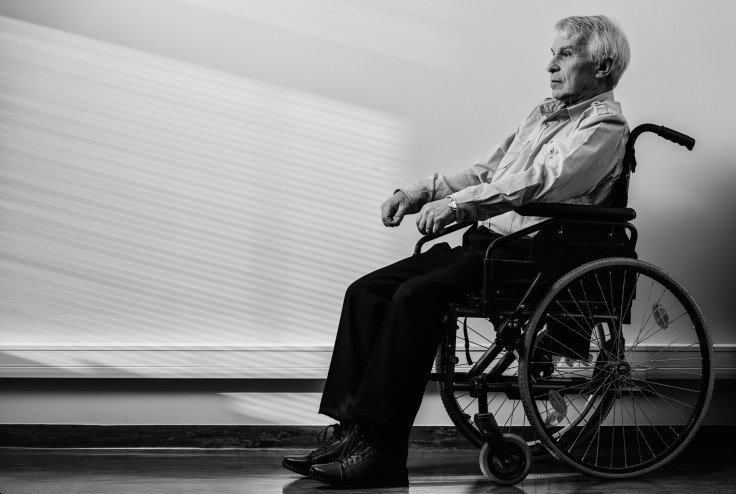Sarcopenia Receives Diagnostic Update Proposal In Hopes Of Finding Common Ground For Treatment

The loss of strength and muscle mass, which we associate with old age, is called sarcopenia. It is a major cause of disability in older people, although an individual may notice its effects as early as their forties. Sarcopenia is neither a disease nor a syndrome because there is no medical consensus on how to specifically measure the condition. This makes it more difficult to develop intervention methods for sarcopenia. With this in mind, a team of researchers have now proposed a comprehensive set of diagnostic criteria for sarcopenia. It was presented on April 15, 2014 in six special articles in the Journals of Gerontology: Medical Sciences.
Sarcopenia is characterized by a decrease in muscle mass and strength. It contributes significantly to morbidity, decreases in quality of life, and health care costs in the elderly. In order to have reached these diagnostic criteria, the Sarcopenia Project used existing data from already existing sources to both identify and standardize criteria for clinically relevant muscle weakness and low lean muscle mass. “These criteria, the first based on evidence from large population studies of older people, offer a way to better define and measure this problem so that we can eventually assess the effectiveness of drugs and other interventions for this disabling condition,” National Institute on Aging (NIA) Director, Dr. Richard J.Hodes, explained in a recent press release.
The information was pooled from nine large studies of older people living in a community. Data was analyzed for grip strength and appendicular lean mass (ALM), or muscle mass in the arms and legs. The total sample included more than 26,000 participants. Men’s average age was about 75.2 years, while women’s was 78.6 years. Women made up 57 percent of the data.
The values for a weak grip were less than 26 kg (57.3 lbs.) for men and less than 16 kg (35.3 lbs.) for women. The values for low lean mass were ALM of less than 19.75kg (43.5 lbs.) in men and ALM of less than 15.02 kg (33.1 lbs.) in women. The researchers also factored in body mass index to the criteria as well, in order to account for the effects of obesity. The project was able to give some very important insight into sarcopenia. Researchers found, for example, that the odds for impaired mobility were generally greater for those with weakness than for those with low muscle mass. “These difference must be evaluated in additional studies to determine whether they identify the groups of older adults who are likely to benefit from interventions to maintain or improve mobility,” Dr. Luigi Ferrucci, co-author on five of the papers, said in the press release.
There will need to be more testing on the criteria before it can be validated. It was noted that the data was mostly based on older individuals who were of good health. It would be necessary to also test more vulnerable subjects.
The suggested criteria have been proposed by the Foundation for the National Institutes of Health (FNIH) Biomarkers Consortium Sarcopenia Project. This is made up of scientists and grantees from the NIA and the National Institute of Arthritis and Musculoskeletal and Skin Diseases at NIH, in partnership with members of the government, academia, and the private sector.
Published by Medicaldaily.com



























